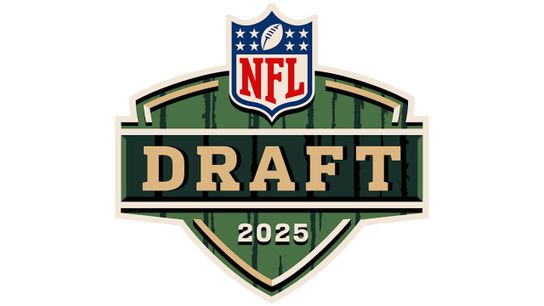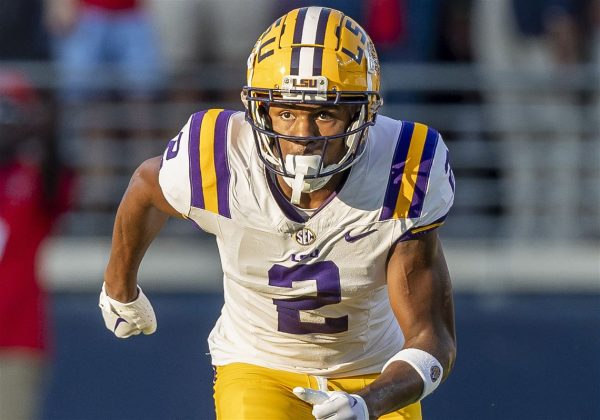NFL acknowledges connection between football and cerebral degenerative disease for the first time
The NFL’s health and safety officer acknowledged the link between football related trauma and degenerative brain diseases, in particular chronic traumatic encephalopathy (CTE), for the first time on March 14.
Jeff Miller, senior vice president of health and safety policy in the NFL was asked whether there was link between playing football and brain diseases during a meeting on concussions held by the U.S. House of Representatives’ Committee on Energy and Commerce.
“The answer to that question is certainly yes,” Miller said.
The subject was brought up to light again right before the beginning of the NFL 2015-16 season, when the trailer for the movie “Concussion” first aired. The movie talks about the struggles of Bennet Omalu trying to prove the existence of the CTE disease and its relationship between football related traumas. Omalu was a doctor who diagnosed the CTE in 2002 after the death of the Pittsburgh Steelers player Mike Webster. The pathologist was the first to alert the NFL on the risk of brain damage and had his work downgraded and unappreciated by the league several times.
It took 14 years after the first professional football player was diagnosed with the disease for the NFL to acknowledge that football players are in risk of serious brain injuries related to the practices of the sport. Until this month, all NFL doctors had denied a link between the disease and the game, including Mitch Berger, member of the NFL board, who denied the connection in early February.
According to Miller, his statement was made after evaluating the work of Dr. Ann McKee, a neurologist at Boston University, who diagnosed the CTE disease in the brains of 176 people, including 90 former NFL players.
Although the league has received a lot of criticism for taking so long to acknowledge the issue of concussion in the sport, the NFL has protocols in place to help prevent concussions.
According to NFL website, the protocol’s first step are preventive medical examinations that takes place prior to the beginning of every season. The objective is to identify pre-existent medical conditions or prior concussions, in order to prevent new ones.
Other steps are determined on the game rules, such as the mandatory use of individually-tailored helmets and other safety equipment, and prohibitions and penalties accessed to intentional hits to the head during games. Real time on-the-field assessment searches for symptoms of a concussion on players and medical assistance post trauma is also part of the protocol.
However, it is important to acknowledge that CTE is not a disease exclusively related to football. Previously, the disease was called pugilistic dementia, as it had been detected only in boxer and other fighting modalities. The CTE mainly affects athletes with a history of constant injuries to the head, including other sports that involve constant physical impact, such as boxing, hockey, rugby and soccer.
Although the disease has been documented by doctors for at least a hundred years, the diagnosis was very difficult and only accomplished trough post-mortem necropsy of the injured brain. Nowadays, there are neurological examination and medical personnel capable of detecting and treating the disease. If diagnosed, the symptoms of CTE can be managed. The treatment involves a multidisciplinary team in different areas such as physiotherapy, speech therapy, psychotherapy and maintenance of neurological monitoring.











![Assistant coach Cody Livingston [#53] talking with pitcher Nico Saltaformaggio [#38] on the mound(5/12).](https://thenichollsworth.com/wp-content/uploads/2024/05/LivingstonNicoHuddle-vs-Lamar-600x400.jpg)
